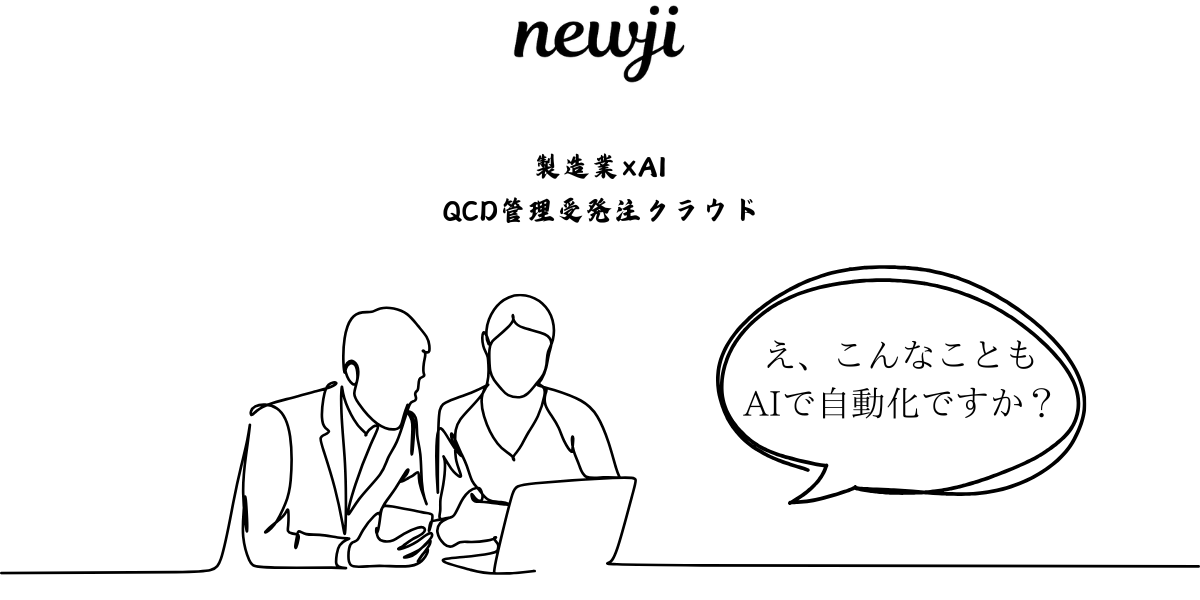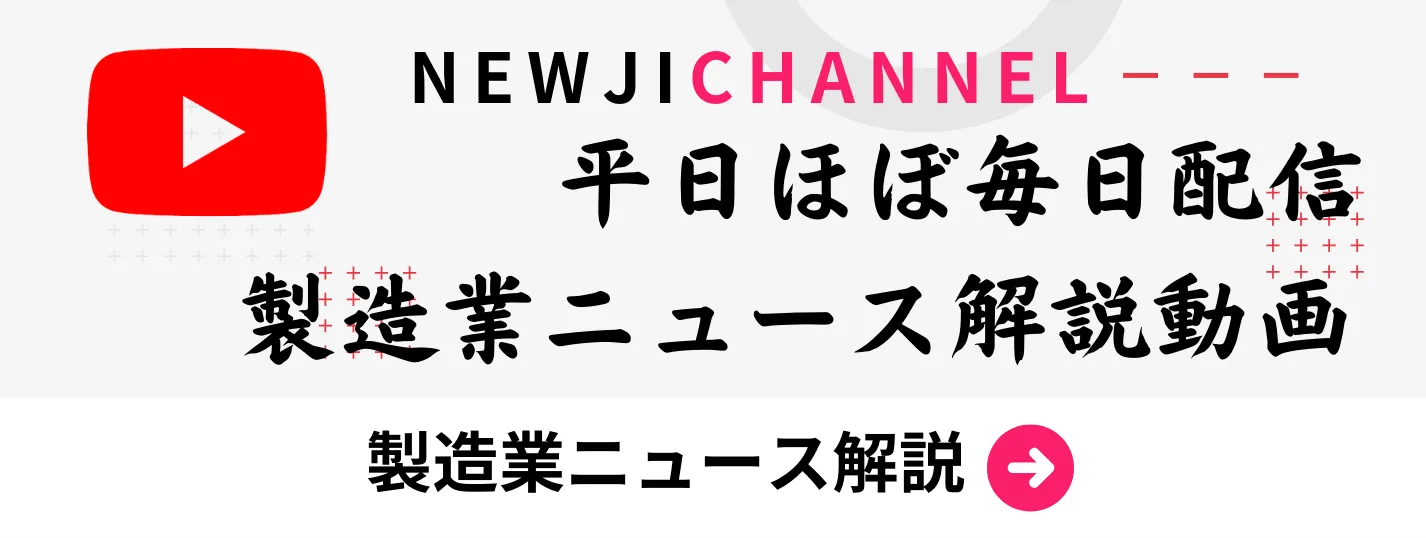- お役立ち記事
- Integration of know-how on using Docker containers in system development and distributed version control
月間76,176名の
製造業ご担当者様が閲覧しています*
*2025年3月31日現在のGoogle Analyticsのデータより

Integration of know-how on using Docker containers in system development and distributed version control

目次
Understanding Docker Containers
Docker containers have revolutionized the way developers build, ship, and run applications.
They are a type of lightweight virtualization that encapsulates an application and all its dependencies, ensuring it runs quickly and reliably in different computing environments.
The key advantage of a Docker container is consistency; it allows software to run the same way across multiple setups, from a developer’s local machine to a cloud server.
Docker containers are built from Docker images, which can be considered as the blueprint or template of the container.
These images include everything needed to execute a piece of software, including its code, runtime, libraries, and system tools.
Once a Docker image is created, it can be run as a container in any Docker-enabled system.
Setting Up Docker for System Development
To start working with Docker in system development, you first need to set up Docker on your machine.
Installing Docker is a straightforward process.
Docker provides installation packages for major operating systems including Windows, macOS, and Linux.
For Windows and macOS, Docker Desktop provides an easy way to install and manage Docker.
Once installed, Docker commands can be run from a command-line interface such as PowerShell on Windows or Terminal on macOS and Linux.
A fundamental step when starting with Docker is to understand and use the Docker command-line interface (CLI).
The CLI is used to interact with Docker using commands.
Some common commands include `docker run`, `docker pull`, and `docker build`.
Each command serves a specific function, such as running containers, downloading images, and building images from a Dockerfile.
Using Docker in System Development
One of the most significant uses of Docker in system development is the creation of reproducible development environments.
By containerizing your application, you ensure that every developer on the team has the exact environment needed to build and run the application.
This eliminates the infamous “it works on my machine” problem that developers often face.
Docker Compose is another powerful tool that is used for configuring and running multi-container Docker applications.
It allows developers to define the services that make up their application using a simple `docker-compose.yml` file.
By using Docker Compose, developers can easily start and manage complex applications with multiple interconnected services like databases, caches, or web services.
Integrating Docker with Distributed Version Control
Distributed version control systems (DVCS) like Git are essential tools in modern software development.
Combining Docker with these systems enhances both collaboration and efficiency.
With Docker, developers can create container images that represent specific states of an application.
These images can be version-controlled alongside source code to ensure every part of the application, from code to environment, is properly managed and logged.
Incorporating Docker into a Git-based workflow is relatively straightforward.
Developers can utilize Dockerfiles – scripts containing instructions on how to build Docker images – and include them in the source code repository.
Each time the code changes, Docker can rebuild the image, reflecting updates in code or configuration.
Continuous Integration/Continuous Deployment (CI/CD) pipelines are another area where Docker and Git integrations shine.
CI/CD pipelines automate the testing and deployment of applications, and Docker ensures that tests run in consistent environments.
This integration allows for seamless transitions from development to testing, and eventually deployment, ensuring reliability at each stage.
Benefits of Integrating Docker with DVCS
The integration of Docker with distributed version control systems offers several key benefits:
Enhanced Collaboration
Docker containers provide a standardized environment that can be shared across teams.
This standardization removes any ambiguity about configurations or dependencies, leading to easier collaboration among developers.
Increased Flexibility
Developers can use Docker to test applications on different versions of dependencies or even different OSes.
This flexibility is especially useful when an application needs to support multiple environments.
Efficient Resource Usage
Compared to traditional virtual machines, Docker containers are lightweight, consuming less system resources.
This efficiency is crucial for testing or deploying applications at scale.
Improved DevOps Practices
By integrating Docker into DevOps workflows, organizations can automate and streamline processes from code integration to application deployment.
This results in faster delivery times and increased agility.
Best Practices for Using Docker and DVCS
To fully leverage the power of Docker and DVCS, consider the following best practices:
Keep Docker Images Small
Minimize the size of Docker images by using lightweight base images and cleaning up unnecessary files.
Smaller images download and run faster.
Automate with CI/CD
Implement automated CI/CD pipelines with Docker to ensure all code changes are tested and deployed consistently.
This reduces manual errors and speeds up release cycles.
Tag Docker Images
Use meaningful tags on Docker images to make it easier to identify versions and understand their changes at a glance.
Version Control Dockerfiles
Include Dockerfiles in your version control system to ensure that the infrastructure code is as traceable and reversible as your application code.
Conclusion
Integrating Docker containers in system development alongside distributed version control systems provides a robust framework to enhance software development processes.
Docker’s ability to create consistent environments, combined with the collaborative power of DVCS, makes it an ideal solution for modern development challenges.
By adopting best practices and leveraging tools like Docker Compose and CI/CD pipelines, developers can ensure efficient, reliable, and scalable software delivery.
 資料ダウンロード
資料ダウンロード
QCD管理受発注クラウド「newji」は、受発注部門で必要なQCD管理全てを備えた、現場特化型兼クラウド型の今世紀最高の受発注管理システムとなります。
 ユーザー登録
ユーザー登録
受発注業務の効率化だけでなく、システムを導入することで、コスト削減や製品・資材のステータス可視化のほか、属人化していた受発注情報の共有化による内部不正防止や統制にも役立ちます。
 NEWJI DX
NEWJI DX
製造業に特化したデジタルトランスフォーメーション(DX)の実現を目指す請負開発型のコンサルティングサービスです。AI、iPaaS、および先端の技術を駆使して、製造プロセスの効率化、業務効率化、チームワーク強化、コスト削減、品質向上を実現します。このサービスは、製造業の課題を深く理解し、それに対する最適なデジタルソリューションを提供することで、企業が持続的な成長とイノベーションを達成できるようサポートします。
 製造業ニュース解説
製造業ニュース解説
製造業、主に購買・調達部門にお勤めの方々に向けた情報を配信しております。
新任の方やベテランの方、管理職を対象とした幅広いコンテンツをご用意しております。
 お問い合わせ
お問い合わせ
コストダウンが利益に直結する術だと理解していても、なかなか前に進めることができない状況。そんな時は、newjiのコストダウン自動化機能で大きく利益貢献しよう!
(β版非公開)









